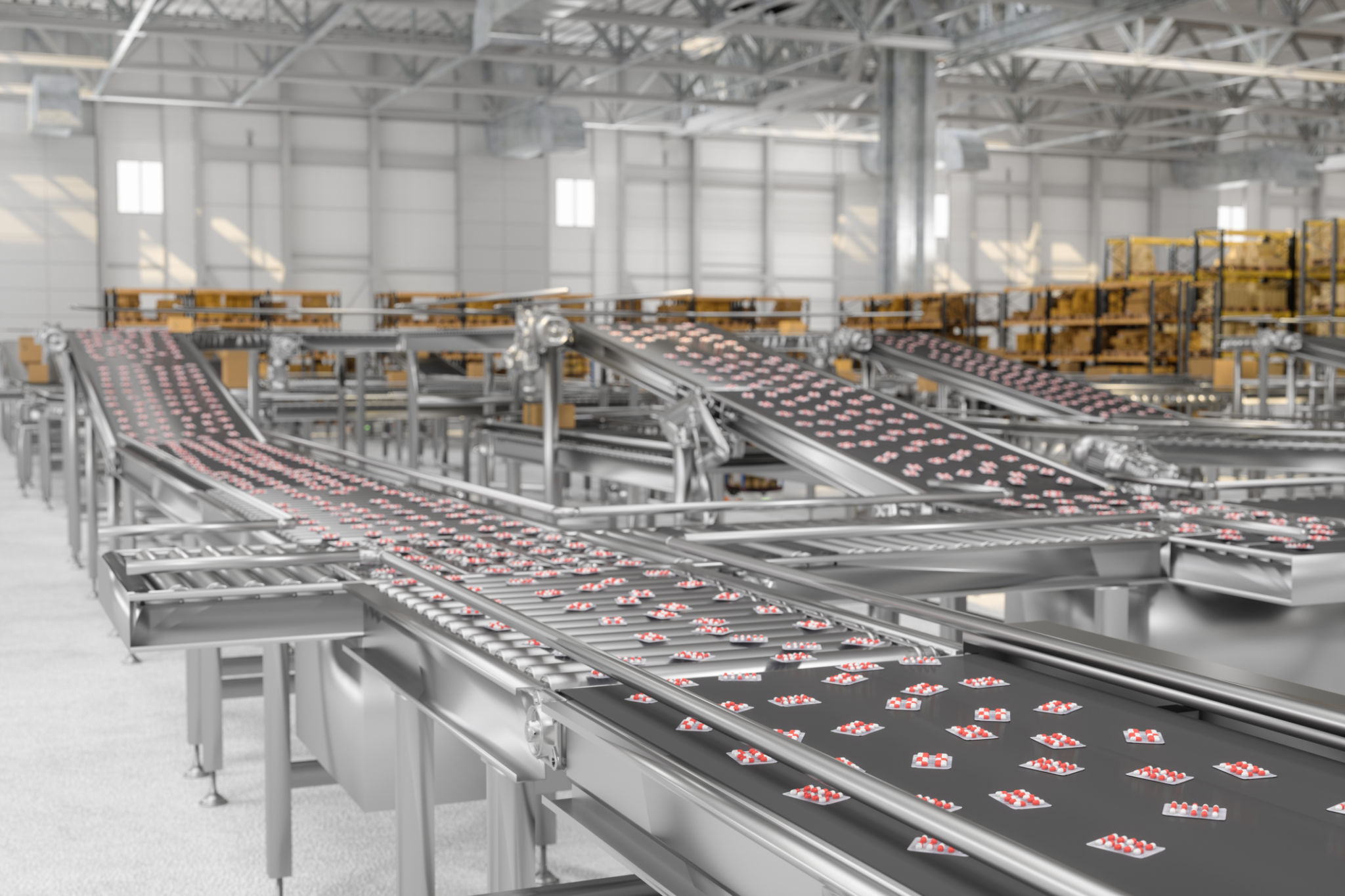From Manufacturer to Market: The Journey of Electronic Components
Understanding the Complexity of Electronic Components
The journey of electronic components from manufacturers to market is a fascinating and complex process. These tiny components are the building blocks of modern technology, powering everything from smartphones to industrial machinery. Understanding their journey provides insights into the intricate world of electronics manufacturing and distribution.
Electronic components are produced by specialized manufacturers who focus on precision and quality. These manufacturers invest heavily in research and development to create innovative products that meet the ever-evolving demands of the tech industry. The process begins with the design phase, where engineers meticulously plan each component's specifications.

The Manufacturing Process
The manufacturing of electronic components involves several stages, including fabrication, assembly, and testing. Fabrication is a critical phase where raw materials, such as silicon and metals, are transformed into functional components through processes like doping and etching. Precision is key, as even the slightest deviation can result in defects.
Once fabricated, these components are assembled into larger units. Automated machines play a significant role in this stage, ensuring that each piece is placed accurately. After assembly, rigorous testing is conducted to ensure that the components meet quality standards. This testing phase is crucial to identify any faults before the components are shipped to market.

Supply Chain Management
Effective supply chain management is vital in the journey of electronic components from manufacturer to market. Components must be transported from factories to distributors and eventually to end-users. This requires a coordinated effort between manufacturers, logistics providers, and retailers to ensure timely delivery.
Challenges such as fluctuating demand, geopolitical tensions, and natural disasters can impact supply chains. Companies often implement strategies like diversifying suppliers and utilizing advanced technologies such as IoT for real-time tracking to mitigate risks. These strategies are essential for maintaining a steady flow of components to the market.

Distribution Channels
Once electronic components are ready for distribution, they follow various channels to reach their final destinations. Distributors play a crucial role in this process by bridging the gap between manufacturers and retailers or direct consumers. They are responsible for managing inventory, processing orders, and providing customer support.
The rise of e-commerce has also transformed how electronic components are distributed. Online platforms allow manufacturers to reach a global audience more efficiently. This shift has made it easier for tech companies and hobbyists alike to access the components they need, fostering innovation and creativity in electronics development.
The Role of Innovation
Innovation is a driving force in the journey of electronic components from manufacturer to market. As technology evolves, so do the components that power it. Manufacturers continuously strive to develop smaller, more powerful, and energy-efficient components to meet the demands of cutting-edge technologies like IoT and AI.
The journey of electronic components highlights the importance of collaboration among manufacturers, distributors, and consumers. This collaboration fuels innovation and ensures that the latest technological advancements reach the market promptly, enabling new possibilities for industries and individuals alike.

